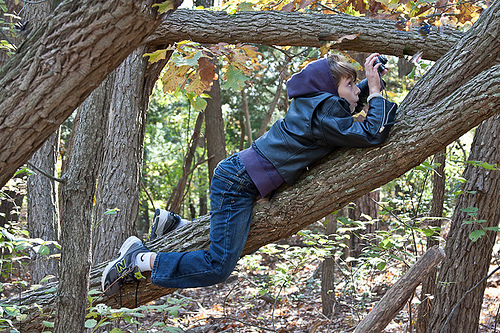Now’s the time of year when students, parents and teachers are busy preparing to head back to school. A new school year means new classes and new activities – but it also means more time spent sitting inside at desks rather than soaking up the summer sun. Only some students are lucky enough to get outside for gym class and recess, with the rest relying on science classes for their daily dose of nature.

But it’s one thing to learn about nature from diagrams—and something else entirely to be outdoors and really digging into the lesson material via some authentic dirt.
Building positive associations with nature for children beginning at a young age is extremely important. Seeing the beauty and possibilities that nature brings makes kids more likely to experience nature’s many physical and mental health benefits.
Unfortunately, according to a recent report from the Outdoor Foundation, only 38 percent of kids ages 6-12 and 26 percent ages 13-17 reported spending time outside doing activities such as running, hiking or biking. These rates are lower than what was reported in 2006.
This understandably raises concerns over the ways in which schools are exposing children to nature. Lessons that teach too much about environmental disasters and destruction are causing the phenomenon of “ecophobia,” or the fear of ecological deterioration.
Veteran educator David Sobel developed the concept of ecophobia, and provides recommendations on how to better engage students in their local environments in his book, Beyond Ecophobia. Incorporating nature into the school day and on educational campuses can help children develop stronger and more positive relationships with the outdoors from a younger age.
>>Learn about more ways to engage students in nature here.
